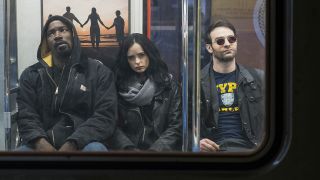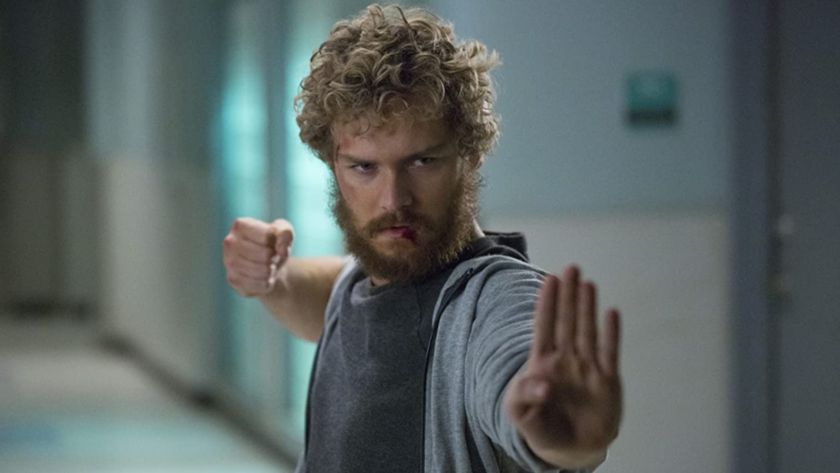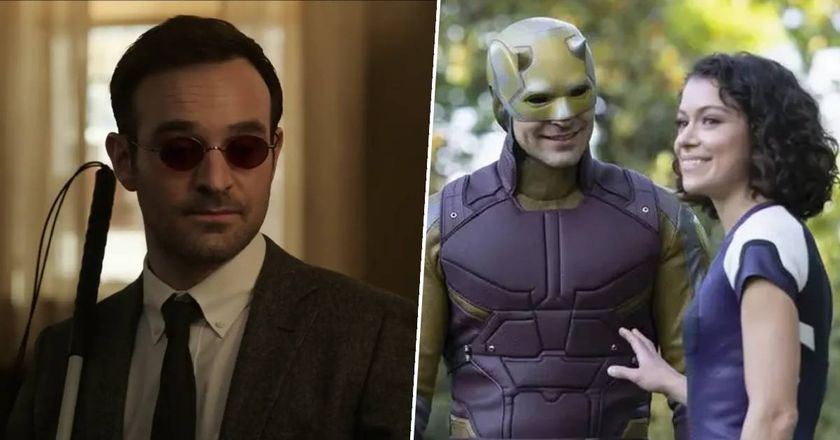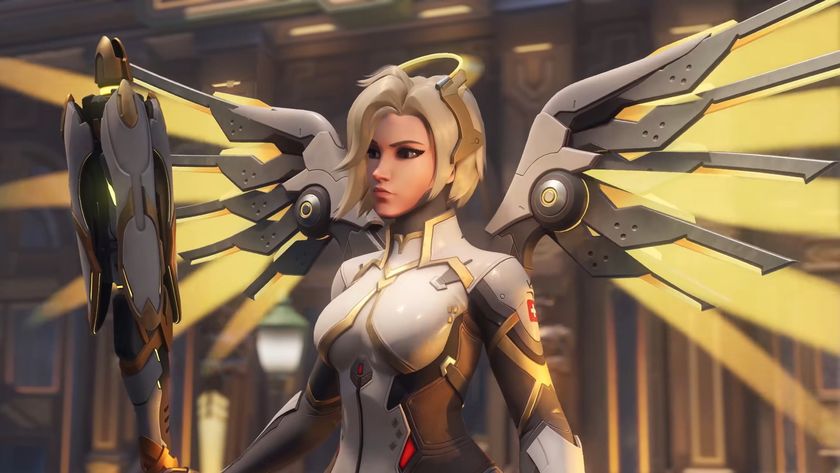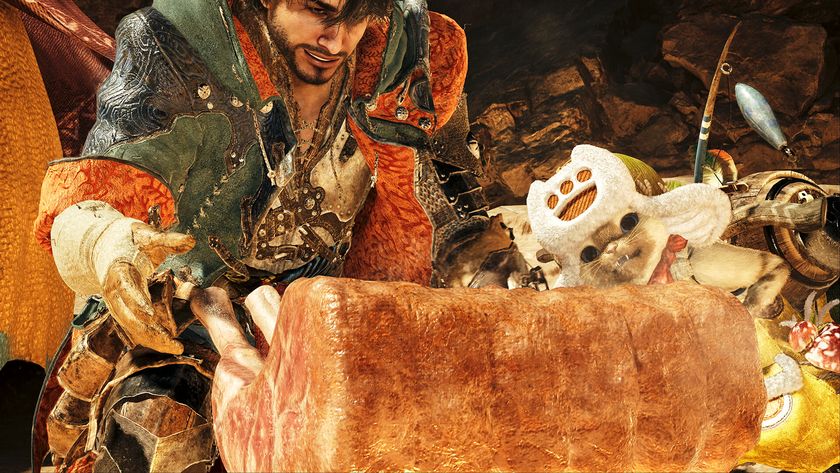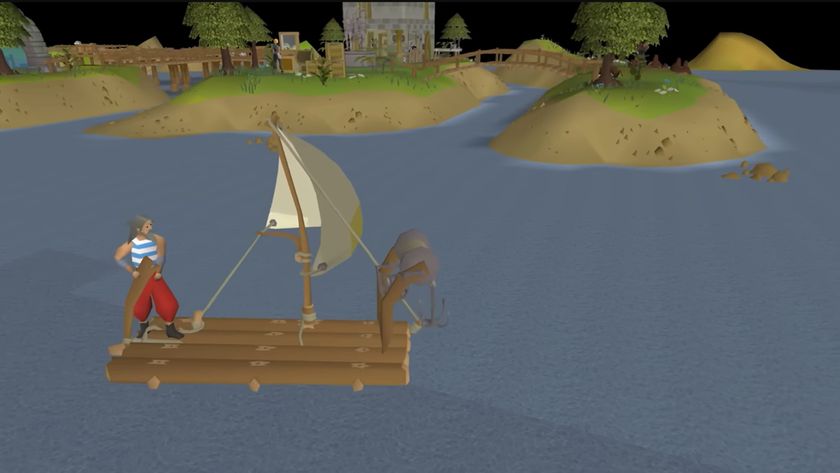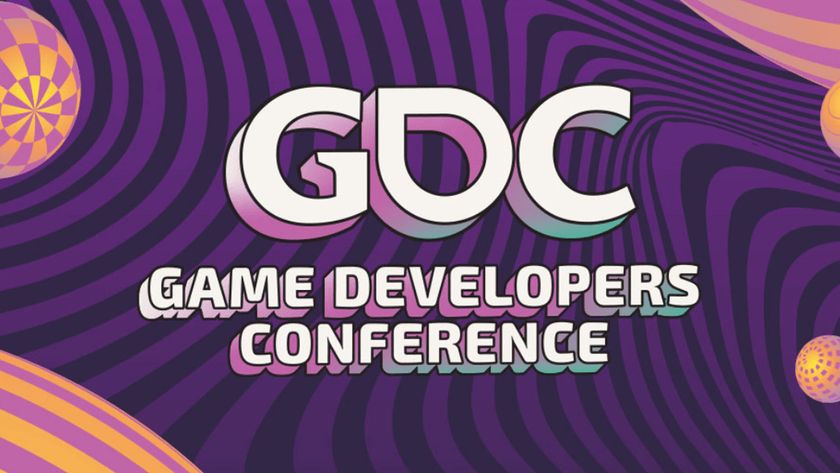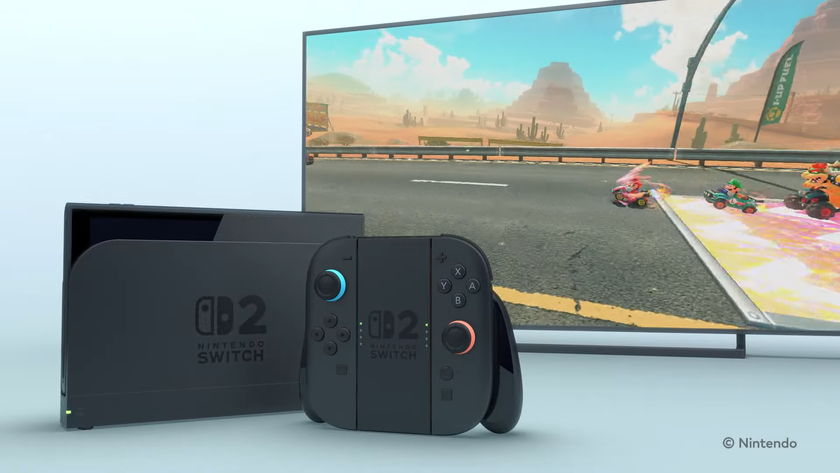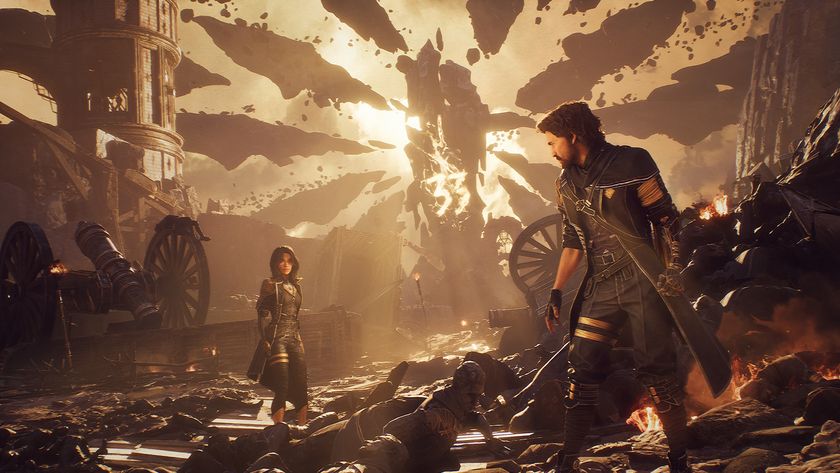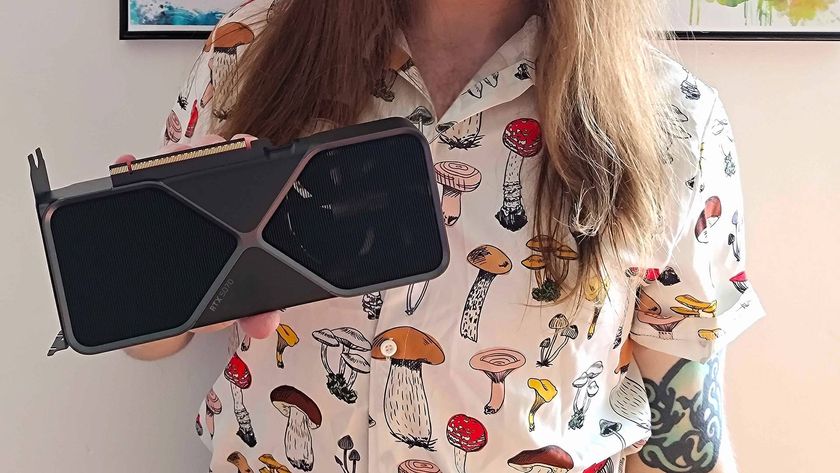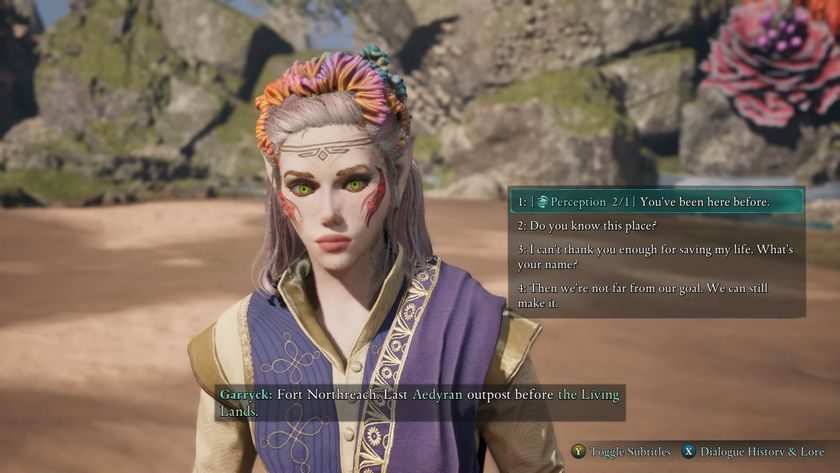The Punisher wants to show you Frank Castle's softer side, but not without a healthy helping of bloodshed
SFX magazine is on set as The Punisher comes to Netflix. Run while you can, crime...
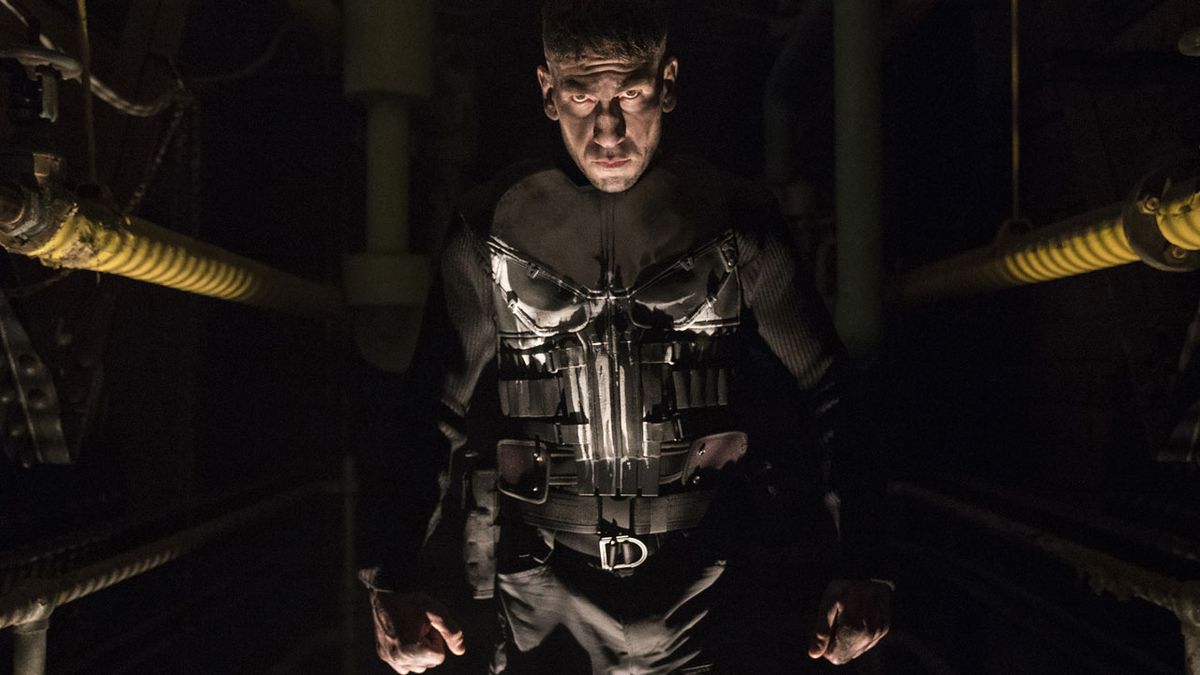
Jon Bernthal’s fist fills the monitor screen, the camera tight on his sharp white knuckles and furious veins. The fingers clutch and unclench, shuddering with barely repressed rage. As faintly terrifying hand acting goes, our sister publication SFX magazine is witnessing a masterclass.
“Nothing in this world I hate more than a bomb,” Bernthal declares, in a voice that sounds like Dirty Harry gargling shrapnel with a cement chaser. “Goddamn cowards. Those maggots, they think they’re going to scare people. Whoever did this, they’re in for a world of shit.” Cut. That’s a take.
“Is that the kind of shake you want?” Bernthal asks, possibly concerned he hasn’t delivered quite the right degree of borderline psychosis. “Maybe a little bit more?” Welcome to Frank Castle’s world. If that’s too unsettling a prospect for you, let’s simply call it the New York studio set of The Punisher, the latest collaboration between Marvel’s TV division and streaming giant Netflix.
Devil's advocate
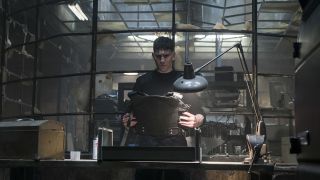
We’re in the nerve centre of the gun-toting avenger’s war on crime, a dank basement in an abandoned industrial building where tech-head sidekick Micro commands a dusty arsenal of computers so ancient they may still be dial-up.
There’s a makeshift kitchen, a toxic-looking mattress, a brutal lack of daylight and a general vibe of long hours spent pondering the existential realities of violence. A sign warns DANGER HIGH VOLTAGE, though whether that’s referring to electricity or Frank’s general disposition is anyone’s guess.
“I think anti-heroes with dark pasts, that are morally grey, are always very interesting to write,” says showrunner Steve Lightfoot, no stranger to ethically complex protagonists given his previous work on Hannibal. “It gives you a lot more to play with than something where it’s just white hats and black hats.
“I was drawn to a guy who is dealing with grief – how does he do that? In many ways he uses rage, because as long as he’s angry he doesn’t have to admit to himself that he’s hurt. I was fascinated by what happens when that guy has to admit he’s hurt. We talked a lot as we developed the show that once you take hold of the hand of violence it’s impossible to let it go. That relationship to violence really interested me, not just the fact he has the ability to use it but also the cost of that.”
Sign up to the SFX Newsletter
Get sneak previews, exclusive competitions and details of special events each month!

Marvel’s bullet-spritzing vigilante has been brought to the screen before. Dolph Lundgren, Thomas Jane, and Ray Stevenson wore the skull symbol in three movies released between 1989 and 2008. Jon Bernthal debuted as the Netflix incarnation of the Punisher in season two of Daredevil, bringing his unique brand of urban renewal to Hell’s Kitchen. These 13 episodes promise to explore the bloodied comic book icon in greater depth than ever before.
“You saw him in Daredevil, where he is pretty brutal and pretty dark,” says Lightfoot. “But on that show he was always on a mission. You only got to see 25 per cent of who he was, and it was the guy who was always killing. He was an antagonist, not the protagonist. We carry on in a way that fans of the character will be satisfied by, but we’re also showing the other 75% of the character, enriching him and making the human side more present.”
Read more: 23 Daredevil season 2 Easter eggs worth knowing about
“In Daredevil he was a guy with a very simple agenda, which was revenge. And that was used to highlight Matt Murdock’s dilemmas. In this show we’ve had to give him dilemmas of his own. With any show, even if it’s about superheroes or whatever, you have to find things that normal people will identify with, that are everyman qualities. I’ve never been a special forces guy who kills 50 people but I do know what it’s like to grieve. At heart you’ve got a very tough guy who isn’t necessarily great at showing his feelings, having at some point to deal with the loss of his family. And that’s something everyone can identify with. We can empathise with that, if not the actions it leads to.”
Trigger Happy
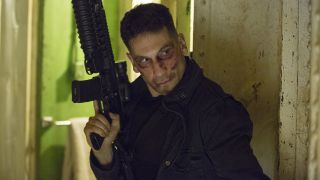
Given that Frank’s actions come locked-and-loaded, Lightfoot knows the show walks the line between licensing him to pursue his methods and turning the bloodbath into entertainment. But, for all its body count, this isn’t Death Wish-style vigilante porn.
“I think that’s the issue with every action movie or superhero movie ever, isn’t it? It’s the at heart we have a tough guy having to deal with the loss of family whole thing of you rooting for the guys flying around but in the meantime they’re knocking over entire buildings, and you wonder if there’s anyone in them... There is always that responsibility and I think you have to root it in story and character. Hopefully we’re the right side of that line. I don’t think we’re a gratuitous show. We’re showing the cost of the violence rather than being flippant about it.
Read more: The 25 best movies on Netflix you can stream right now
“People have always been both repelled and entertained by violence,” the showrunner continues. “In Daredevil they didn’t shy away from it. They made it real. Personally my taste is if you’re going to do violence then it shouldn’t be flippant. If you’re going to see someone get hit in the face I’d rather you saw that it really hurt and play the repercussions of it as well as the entertainment. I think we pull that off in the show. The fights are exciting but they’re also somewhat sobering.”

Frank Castle’s not quite the loner of legend, for all that you imagine he prefers a well-oiled gun stash to human company. The show imports Deborah Ann Woll as Karen Page, building on the relationship established in Daredevil season 2. While Karen is key to humanising Frank, he’s also paired with Ebon Moss-Bachrach as former NSA analyst Micro, a technological enabler introduced to the comics in the late ’80s.
“Their skill-sets are very different,” says Lightfoot. “In some ways one of them’s the missile and one of them’s the guidance system. When we started developing the show I was really keen to not have Micro just be a sidekick. He has a full story of his own. Him and Frank intersect but he’s not just someone serving Frank’s story. For me he pulls Frank from fighting for revenge to actually fighting for some kind of future. Rather than it being about the past it’s about what’s next. He’s a pretty rich character in his own right.”
The dark heart of it all, of course, is Jon Bernthal, the man who has to show the brutalised soul beneath the Punisher’s scar tissue. Lightfoot’s quick to praise his star.
“He’s just a fantastic actor,” he says. “What I love about Jon is that he’s incredibly physical and so you genuinely buy that guy can do that stuff. Jon has a physicality that makes you believe, ‘Actually, that guy would probably win that fight...’
“But at the same time he’s an incredibly sensitive, emotive actor. The joy of it is you can give him the tough stuff to do and he’s unflinching. Jon’s not scared to lose the audience for a while by dark deeds, but he’s an actor who always has the ability to win them back. In the end he’s really sensitive and he lets the audience in. Without that it’d be hard to pull the show off.”
It's not much longer until we find ourselves lost in the depths of that darkness, either, as The Punisher is set to release on Netflix in Autumn of this year.
This feature originally appeared in 12DOVE's sister magazine SFX, issue 292. Pick up a copy now or subscribe so you never miss an issue.


Nick Setchfield is the Editor-at-Large for SFX Magazine, writing features, reviews, interviews, and more for the monthly issues. However, he is also a freelance journalist and author with Titan Books. His original novels are called The War in the Dark, and The Spider Dance. He's also written a book on James Bond called Mission Statements.
